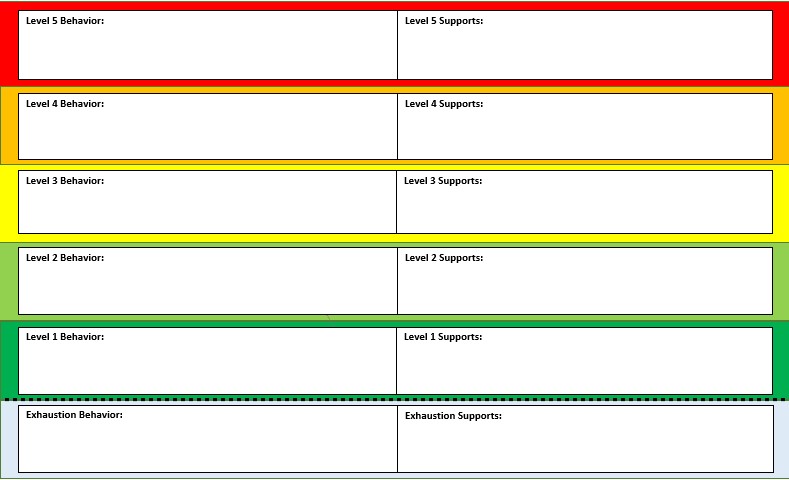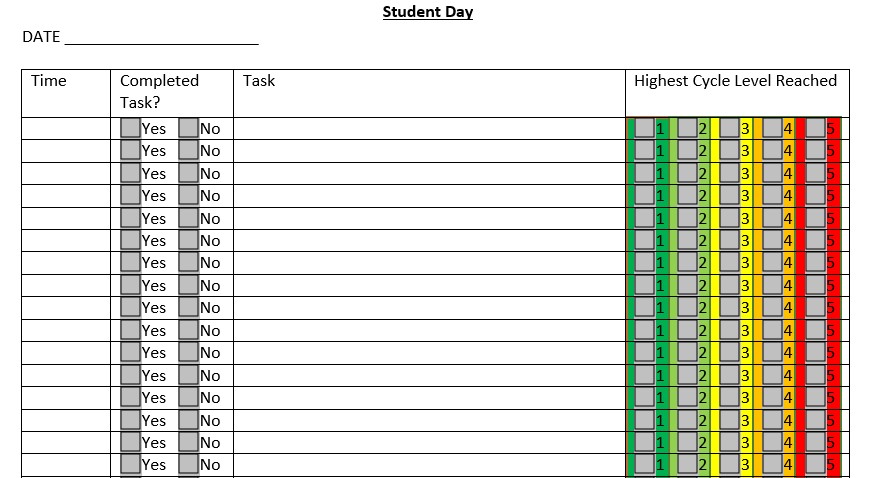Several years ago, I was working with a 6-year-old boy we’ll call Terrence. Terrence was diagnosed with autism. He was a very playful child who was generally good-tempered, enjoyed playing with trains and watching TV, and posed few difficult behavior issues for his parents…until the day there was construction on their walk from the grocery store to their apartment and they decided to take a different route home. What happened next is what most people would call a full-blown meltdown: Terrence dropped to the ground, screaming and crying, and refused to move.
Many of the parents I work with have a similar story when it comes to their child with autism and an unexpected change in the routine. The change varies: the favorite flavor of fruit snacks is out of stock at the store or the babysitter greeted the child at the bus instead of the parent or they grew out of the coat they wore the past two winters… In fact, it can be difficult to anticipate exactly what specific routine may be a trigger for your learner. This is precisely why building variability into the routine can be helpful.
Here are a few things to consider:
- First, think about the routines that are the most likely to be interrupted. Make a list of these so you can begin thinking about how to address those issues.
- Second, work with your team (whether that means family or practitioners that work with your learner) to select 2-3 routines to focus on first.
- Discuss how those routines would most likely be interrupted. For instance, a favorite TV show may be interrupted during election season or you may have a family function when the TV show is aired. In teaching your learner to be flexible with changes in routine, you will contrive changes that are likely to occur to give your learner quality practice.
- Plan to vary the routine. Essentially, you are setting up the change in routine, but you will be prepared in advance to help your learner behave appropriately. (You’re much more likely to experience some success in this scenario than you would be if a change in routine occurs unexpectedly and/or last minute.)
- Give your learner a vocabulary for what is happening. I teach many of my students the term “flexible.” I might say, “I appreciate how you’re being flexible right now” or “Sometimes when plans change we have to be flexible. This means…”
- Reinforce appropriate behaviors related to flexibility! You want to be clear when they’ve made an appropriate, flexible response. In the planning phase, you can discuss what appropriate reinforcers might be for the routines you are targeting.
If you build in variations in routine and teach your learner some strategies for being flexible, you and your learner are much more likely to be successful in navigating unexpected changes.
WRITTEN BY SAM BLANCO, MSED, BCBA
Sam is an ABA provider for students ages 3-15 in NYC. Working in education for twelve years with students with Autism Spectrum Disorders and other developmental delays, Sam utilizes strategies for achieving a multitude of academic, behavior, and social goals. Sam is currently a PhD candidate in Applied Behavior Analysis at Endicott College. She is also a lecturer in the ABA program at The Sage Colleges.






